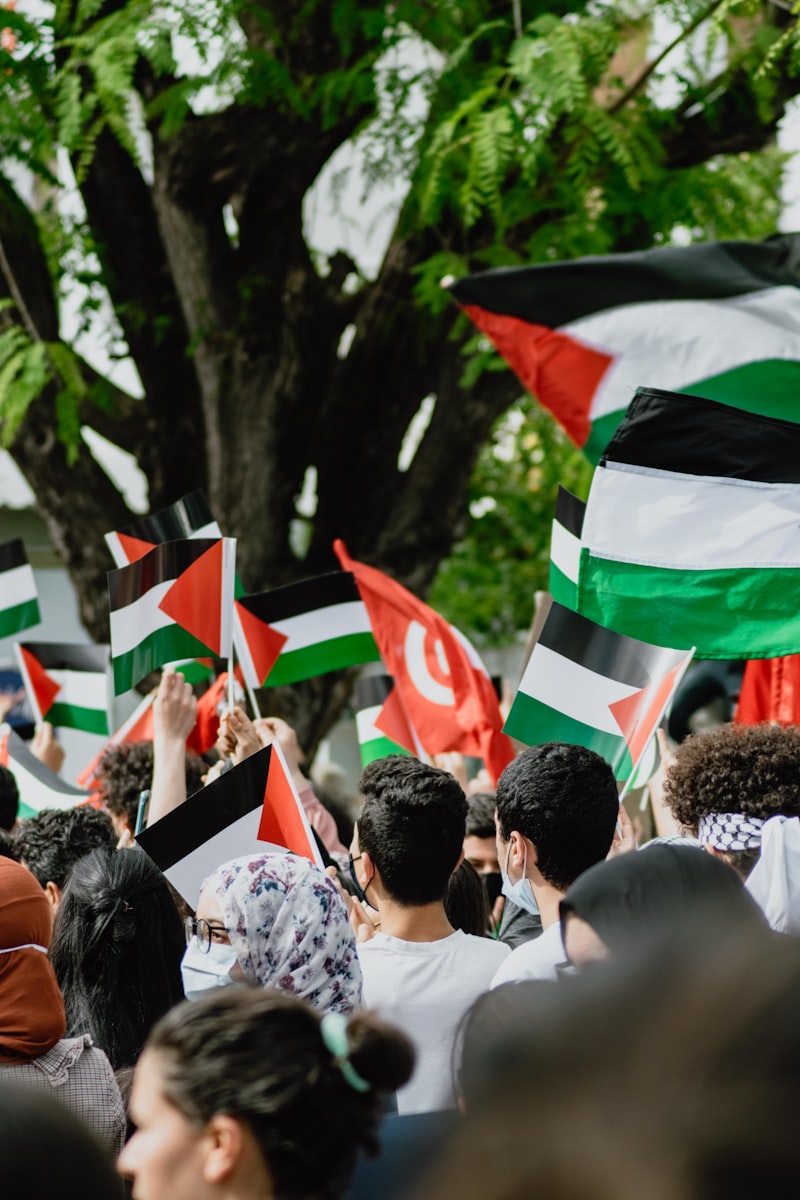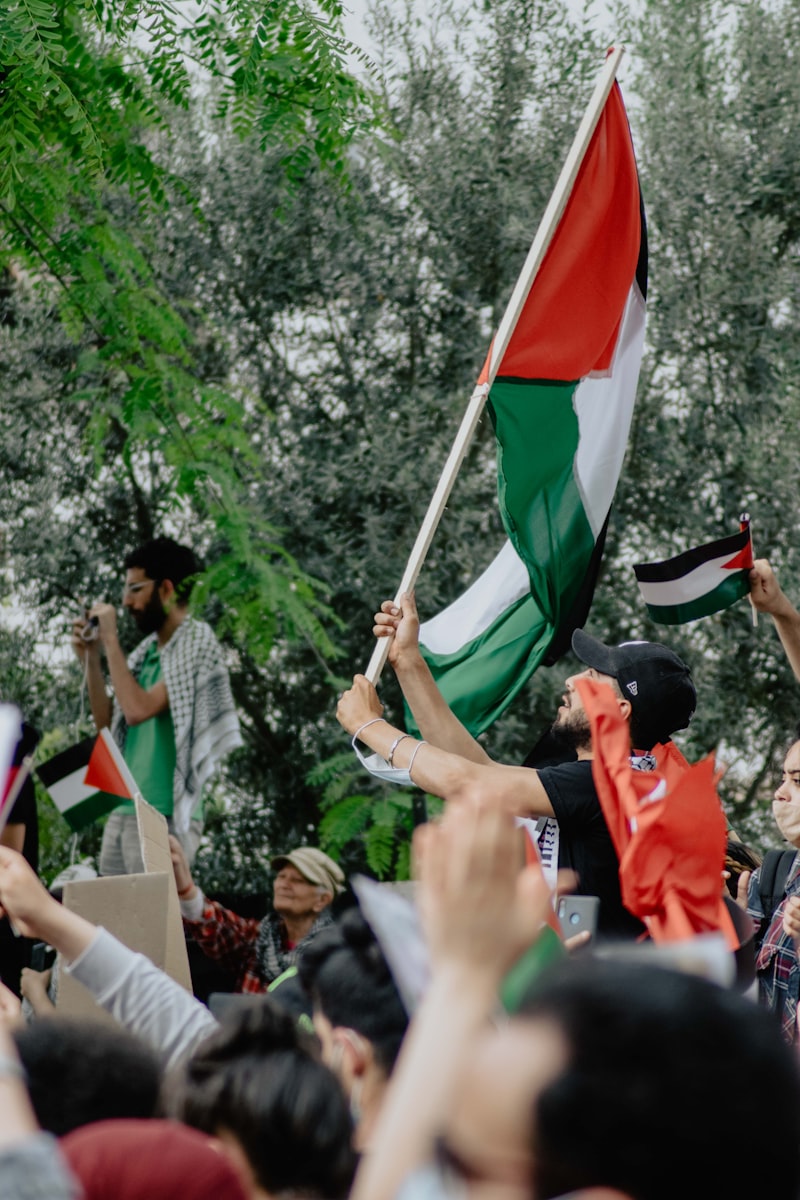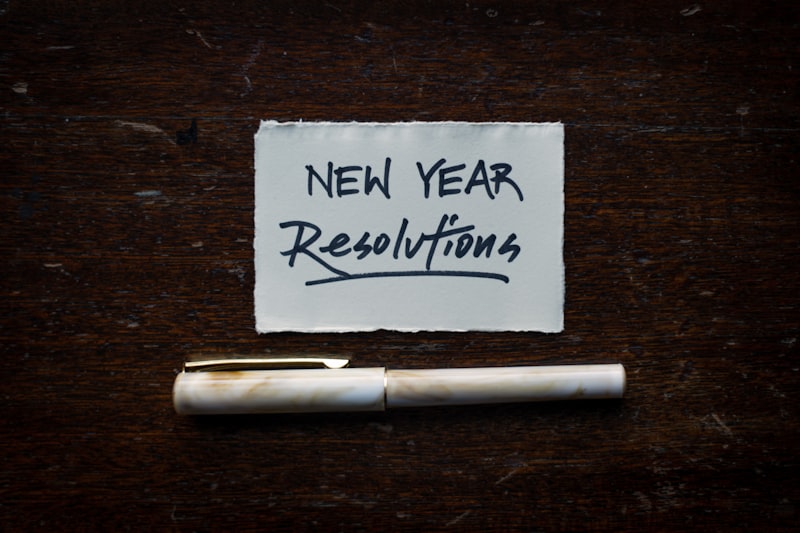Conflict resolution isn’t just about smoothing things over. It’s a strategic approach to understanding, addressing, and ultimately resolving disagreements and disputes. Imagine it as a toolkit filled with communication strategies, empathy, and negotiation prowess.
One of the fundamental aspects of conflict resolution is communication. It’s not just about talking; it’s about actively listening and understanding the other person’s perspective. When you listen, you’re not just hearing words; you’re deciphering emotions, intentions, and underlying concerns. This empathetic listening forms the cornerstone of productive conflict resolution.

Another crucial skill is maintaining emotional control. Like a seasoned poker player, you need to keep your emotions in check while reading the room. Emotions can escalate conflicts or defuse them. By staying calm and composed, you create an atmosphere conducive to rational discussion and problem-solving.
Negotiation skills also play a pivotal role. Conflict resolution often involves finding common ground and reaching a compromise that satisfies all parties involved. It’s not about winning or losing but about finding solutions that everyone can live with.
Understanding cultural and contextual differences is equally important. Just as languages vary across the globe, so do the ways people perceive and react to conflict. Cultural sensitivity helps in navigating diverse perspectives and finding universally acceptable solutions.
Lastly, conflict resolution is a dynamic process that evolves with practice. Like any skill, the more you engage in it, the better you become. Each conflict offers an opportunity to hone your skills, learn from mistakes, and refine your approach.
Effective conflict resolution isn’t a magical formula; it’s a blend of communication, empathy, negotiation, cultural awareness, and practice. By mastering these elements, you can steer through turbulent waters of disagreement with confidence and finesse. Ready to navigate your next conflict?
Mastering the Art of Negotiation: Key Steps to Conflict Resolution
Negotiation isn’t just about getting what you want—it’s about finding common ground and resolving conflicts effectively. Whether you’re navigating a business deal or resolving a personal dispute, mastering the art of negotiation is crucial for achieving mutually beneficial outcomes. Here are some key steps to help you become a skilled negotiator and adept at conflict resolution.

Firstly, preparation is key. Before entering into any negotiation, take the time to understand the issue at hand and clarify your objectives. What are your goals for this negotiation? What are the potential areas of compromise? Being clear about your position and understanding the interests of the other party will put you in a stronger position to negotiate effectively.
Next, active listening is a cornerstone of successful negotiation. It’s not just about hearing the words spoken but understanding the underlying concerns and motivations. Listen attentively to what the other party is saying, and ask clarifying questions to ensure you grasp their perspective fully. This demonstrates respect and fosters a more cooperative atmosphere.
Another crucial step is to explore options together. Effective negotiation is about collaboration, not confrontation. Brainstorm potential solutions that meet the needs and interests of both parties. Be open to creative ideas and flexible in your approach. Sometimes, the best solutions arise from unexpected places.
Furthermore, maintaining a positive and constructive attitude throughout the negotiation process can significantly impact its outcome. Avoiding unnecessary conflicts and focusing on common goals can lead to win-win solutions. Remember, negotiation is not about winning or losing but about finding a resolution that benefits everyone involved.
Lastly, be prepared to negotiate with integrity. Trust is essential in any negotiation. Be honest about your priorities and commitments, and follow through on any agreements reached. Building trust strengthens relationships and lays the foundation for future collaborations.
Mastering the art of negotiation requires patience, preparation, and a willingness to collaborate. By following these key steps—preparation, active listening, exploring options, maintaining a positive attitude, and negotiating with integrity—you can navigate conflicts effectively and achieve successful outcomes. Whether in business or personal matters, these principles can guide you towards becoming a skilled negotiator capable of resolving conflicts with confidence and clarity.
Inside Strategies: How to Build Resilience in Conflict Resolution
Firstly, understanding the dynamics of conflict is key. Conflict often arises from differing perspectives, goals, or values. It’s like trying to merge two puzzle pieces that don’t quite fit together — but resilience acts as the glue that holds them in place. Resilience here means the capacity to stay calm, focused, and constructive amidst the storm of conflicting ideas.
Secondly, communication plays a pivotal role. Imagine conflict as a tangled knot; effective communication is the patient untangling of each strand. Resilience in conflict resolution involves active listening, clarity in expression, and the ability to empathize with others’ viewpoints. It’s about finding common ground while respecting differences — much like skilled dancers harmonizing their movements despite different styles.
Furthermore, flexibility is crucial. In conflict, rigidity only breeds more tension. Resilience means being adaptable, willing to consider alternative solutions, and open to compromise without compromising core principles. It’s akin to a tree bending with the wind rather than breaking — resilient individuals and teams pivot when necessary while staying rooted in their values.
Moreover, mindset matters greatly. Resilience in conflict resolution is not just about what you do, but how you think. It involves cultivating a growth mindset where challenges are seen as opportunities for learning and improvement rather than as obstacles. It’s like turning lemons into lemonade — using setbacks to fuel personal and relational growth.
Building resilience in conflict resolution is a multifaceted endeavor that requires patience, skill, and a positive attitude. By understanding the nature of conflict, communicating effectively, remaining flexible, and fostering a resilient mindset, individuals and teams can navigate conflicts with grace and emerge stronger than before. So, the next time conflict arises, remember these strategies to build resilience and turn discord into harmony.
From Tension to Resolution: Techniques for Managing Workplace Disputes
One effective approach is active listening. It’s not just about hearing words but truly understanding the underlying concerns and emotions. When colleagues feel heard and validated, tensions often begin to ease. Imagine a conversation where each person listens not just with their ears but with empathy, seeking to grasp the full picture before responding.
Another powerful tool is empathy-building. Put yourself in your colleague’s shoes. What pressures are they facing? What are their goals and motivations? Empathy allows us to see beyond our own viewpoint and appreciate the perspectives of others. It’s like adjusting the lens on a camera—suddenly, the blurry edges come into focus, revealing a clearer picture.
When disputes escalate, mediation can be indispensable. A neutral third party facilitates constructive dialogue, guiding the conflicting parties towards a mutual understanding. It’s akin to a skilled conductor harmonizing a cacophony of instruments into a symphony—the result is harmonious cooperation where discord once reigned.
For complex disputes, negotiation skills come into play. Finding common ground often involves give-and-take, where compromise leads to solutions that satisfy all parties involved. Negotiation is like sculpting clay—molding and shaping until a consensus emerges, creating something stronger together than apart.
Lastly, conflict resolution training equips teams with the tools needed to handle disputes effectively. Like learning to navigate rough waters, training prepares individuals to steer through turbulent situations with confidence and skill.
Empathy in Action: Understanding its Role in Conflict Resolution
Conflict is an inevitable part of human interaction. Whether it’s in personal relationships, workplaces, or even between nations, disagreements can arise that seem insurmountable. However, there’s a powerful tool that can turn the tide in resolving conflicts: empathy.
Empathy isn’t just about sympathizing or feeling sorry for someone. It’s about deeply understanding another person’s perspective, emotions, and motivations. When conflict arises, empathy allows us to step into the shoes of others, seeing the situation from their point of view. This understanding forms the foundation for constructive dialogue and problem-solving.
Imagine a heated argument between coworkers over a project deadline. Without empathy, each person might focus solely on their own stress and frustration. But with empathy, they can recognize the pressures their colleague is under, acknowledge their feelings of being overwhelmed, and work together to find a solution that benefits both sides.
In personal relationships, empathy softens communication barriers. Instead of escalating a disagreement, empathetic partners listen actively, validate each other’s feelings, and search for compromises that honor both individuals’ needs. This fosters a sense of connection and mutual respect, essential for long-term relationship harmony.
On a larger scale, empathy plays a crucial role in global conflicts and diplomacy. Leaders who can empathize with the grievances and aspirations of their counterparts are more likely to negotiate sustainable peace agreements. They understand that behind political stances are real human concerns and aspirations that must be addressed for meaningful resolution.
Moreover, empathy isn’t a one-size-fits-all solution. It requires practice and intentionality. It involves active listening, nonverbal cues, and the willingness to be vulnerable. Sometimes, empathy means setting aside our own preconceived notions and truly engaging with someone else’s reality.
The Power of Communication: Enhancing Conflict Resolution Skills
Imagine a world where every disagreement could be resolved peacefully, where misunderstandings don’t escalate into full-blown conflicts. That’s the promise of honing your communication skills. It’s not about avoiding conflicts altogether — because let’s face it, conflicts are a natural part of any relationship — but rather about navigating them effectively when they do occur.
Effective communication starts with listening. Really listening. Not just hearing the words someone is saying, but understanding their perspective, their emotions, and their underlying concerns. It’s about putting yourself in their shoes and seeing the issue from their point of view. This empathetic listening lays the foundation for meaningful dialogue.
But communication isn’t just about talking or listening; it’s about clarity. Being able to express your own thoughts and feelings clearly and assertively can prevent misunderstandings before they escalate. It’s about using “I” statements to communicate your feelings without blaming or accusing the other person. This clarity fosters an atmosphere of openness and honesty.

Conflict resolution through communication also involves negotiation and compromise. It’s about finding solutions that satisfy the needs and interests of all parties involved. This process requires creativity and flexibility, as well as a willingness to explore alternative solutions beyond what might initially seem possible.
Ultimately, the power of communication lies in its ability to transform conflicts into opportunities for growth and understanding. When we communicate effectively, we build trust, strengthen relationships, and create a sense of mutual respect. We become better equipped to handle future conflicts and challenges together, knowing that we have the tools to navigate them constructively.
So, the next time you find yourself in a disagreement, remember the power of communication. Ask yourself: How can I listen more deeply? How can I express myself more clearly? How can we find a solution that works for both of us? By embracing communication as a tool for conflict resolution, you empower yourself to create positive outcomes even in the face of adversity.
Frequently Asked Questions
What are conflict resolution skills and why are they important
Learn why conflict resolution skills matter and how they help in managing disputes effectively. Discover essential techniques for addressing conflicts to maintain productive relationships.
How do cultural differences impact conflict resolution
Learn how cultural differences influence conflict resolution approaches and outcomes.
Where can I learn and practice conflict resolution skills
Find effective methods to learn and practice conflict resolution skills through structured courses, workshops, and online resources. Discover techniques for managing and resolving conflicts constructively in personal and professional settings.
What strategies can I use to de-escalate conflicts effectively
Effective strategies for de-escalating conflicts include active listening to understand the other person’s perspective, staying calm and composed to defuse tension, using respectful language and tone, finding common ground or compromise, and seeking solutions collaboratively rather than focusing on blame.
How can I improve my communication in conflict situations
Learn effective strategies to improve communication during conflicts, focusing on active listening, remaining calm, and expressing thoughts clearly and respectfully.


